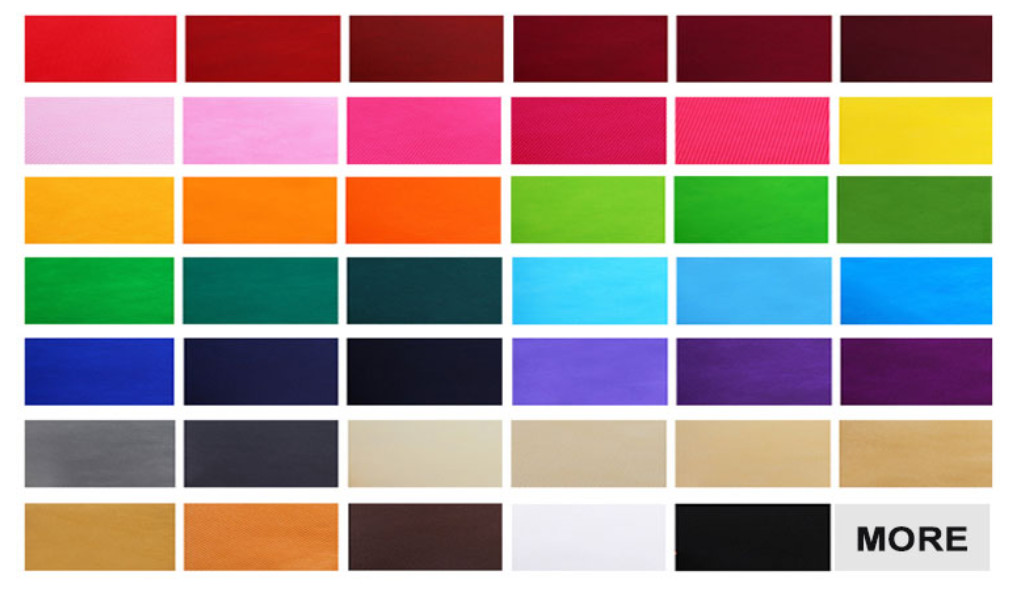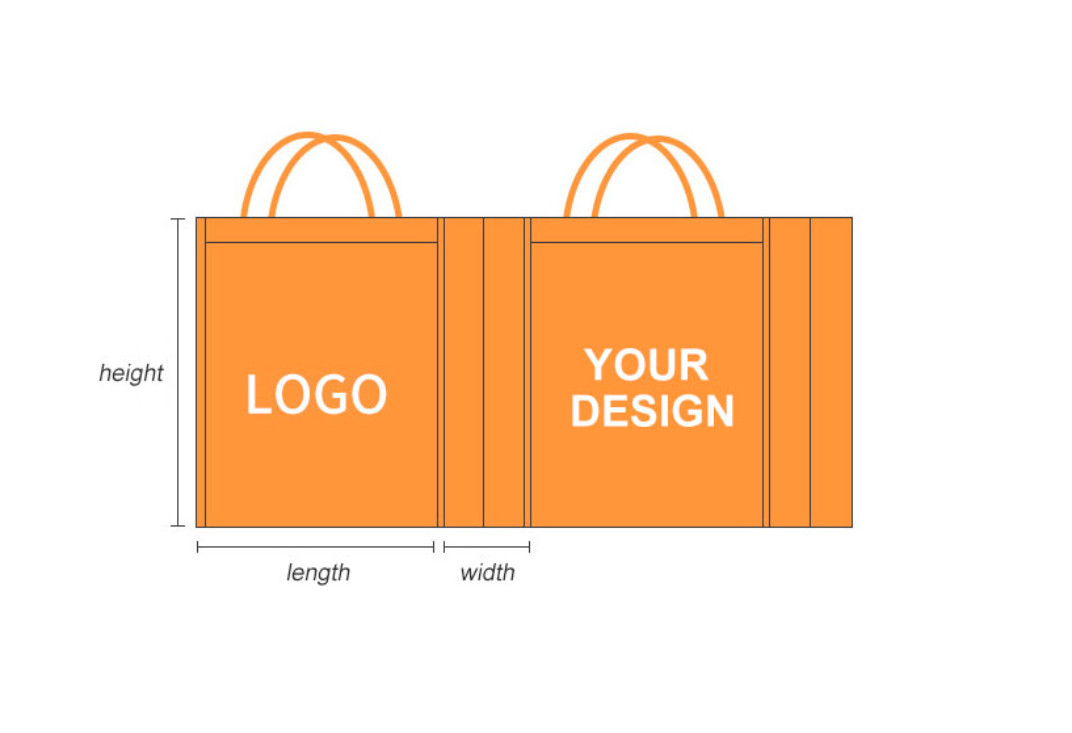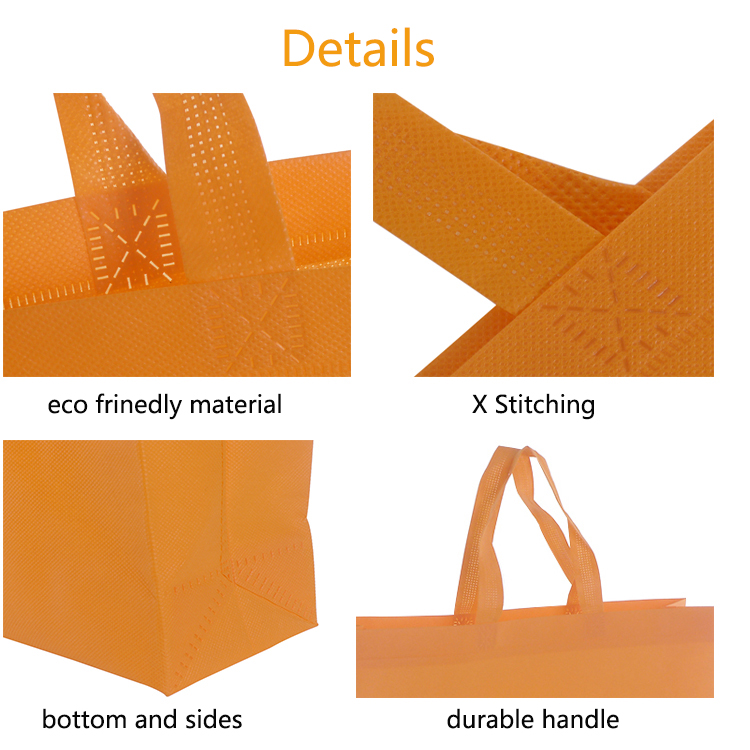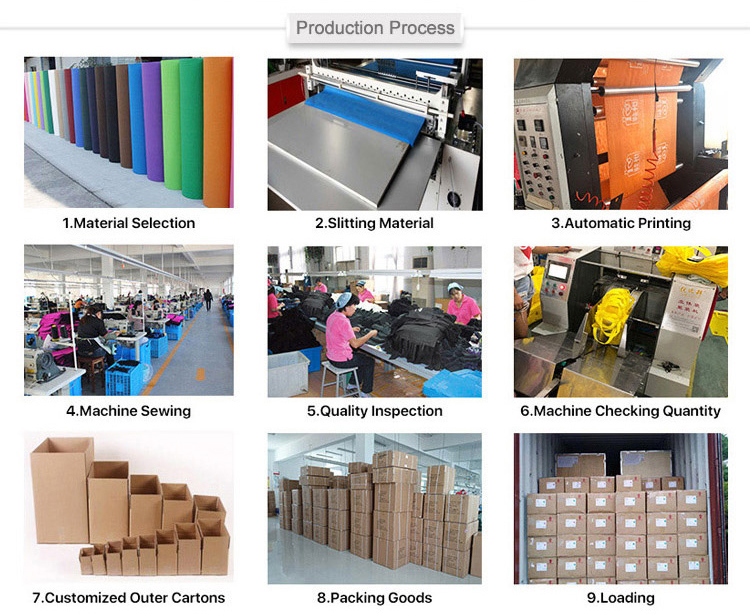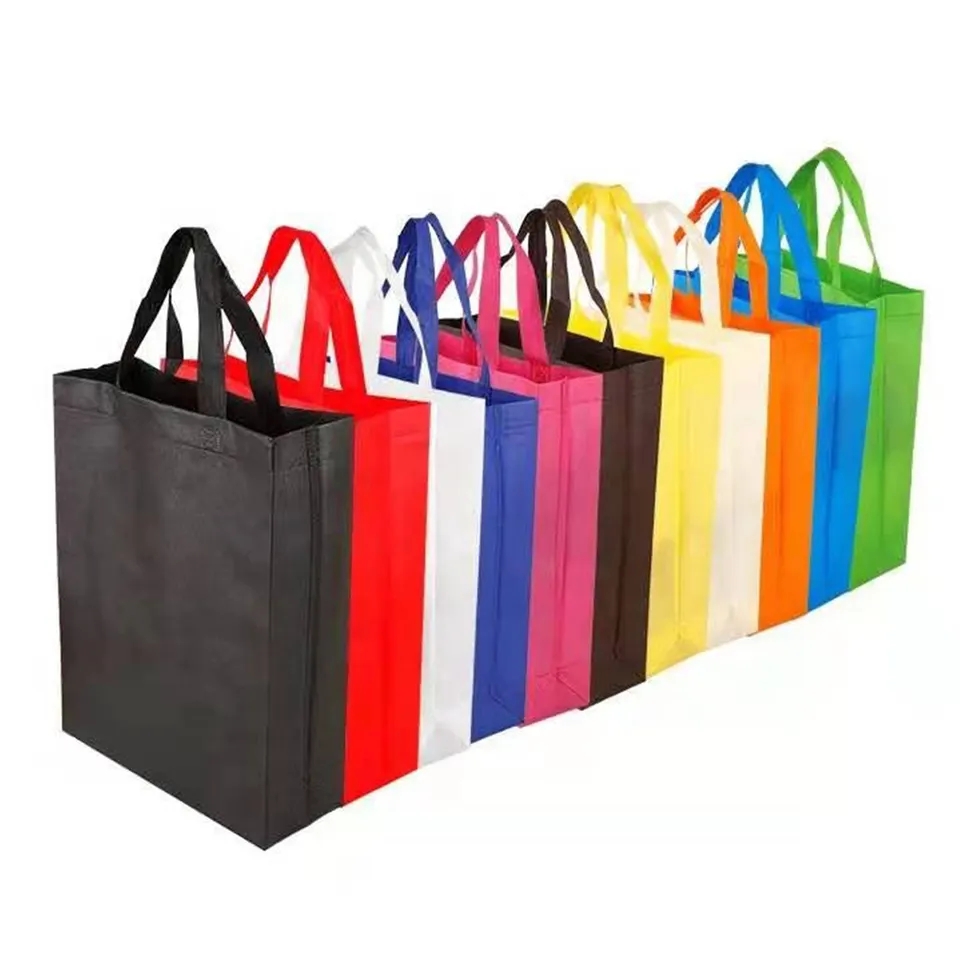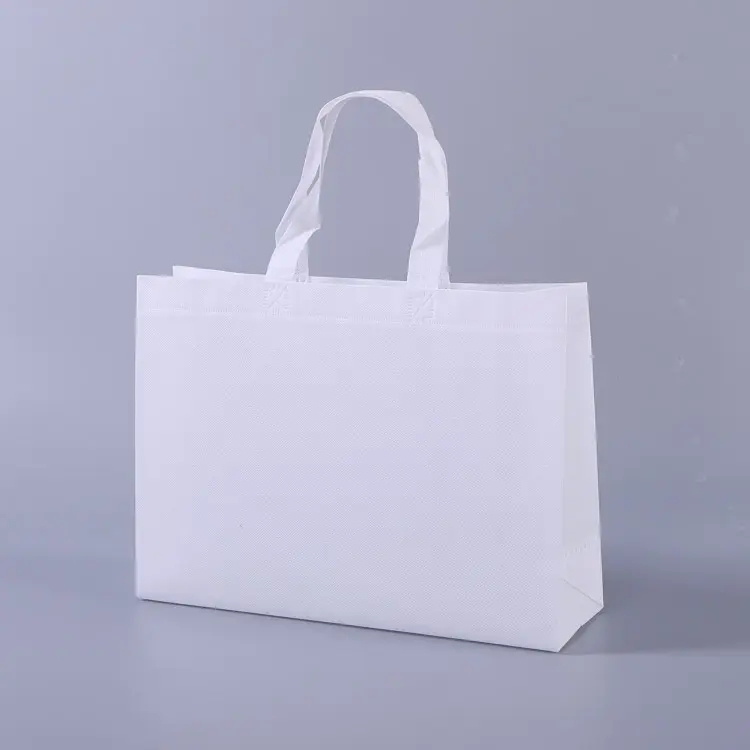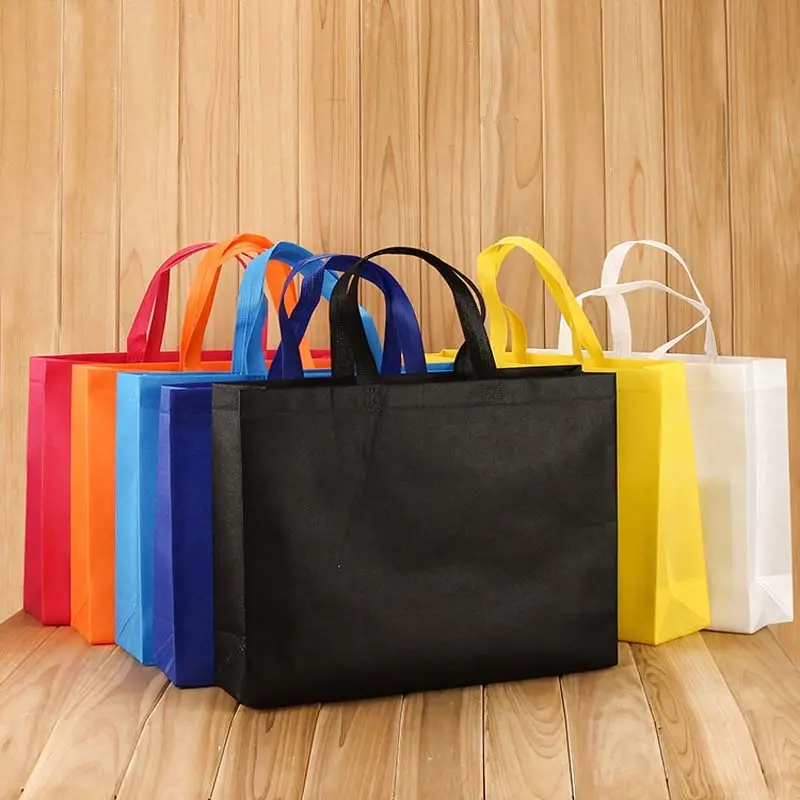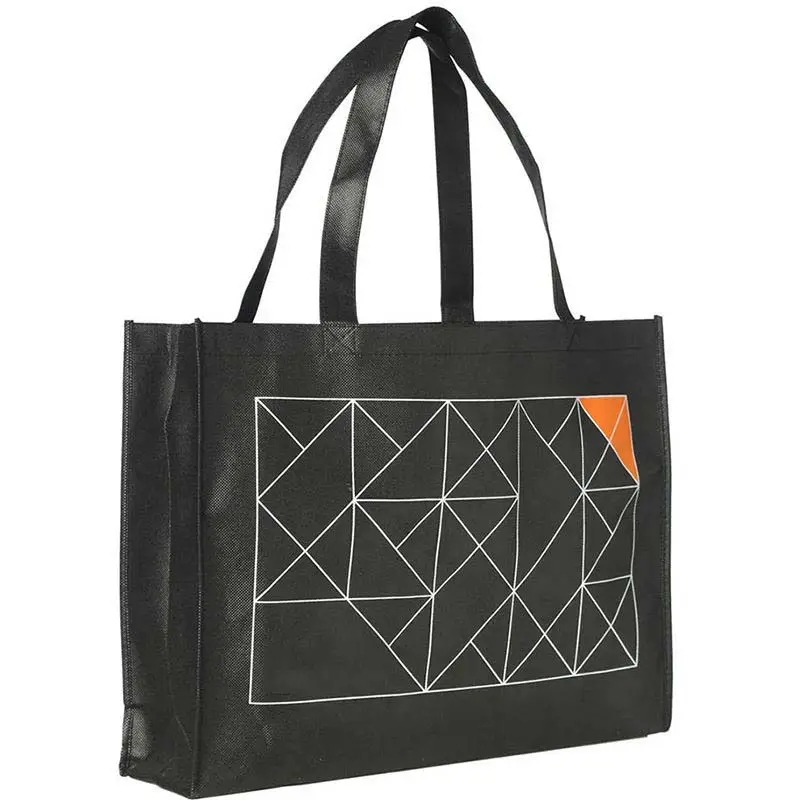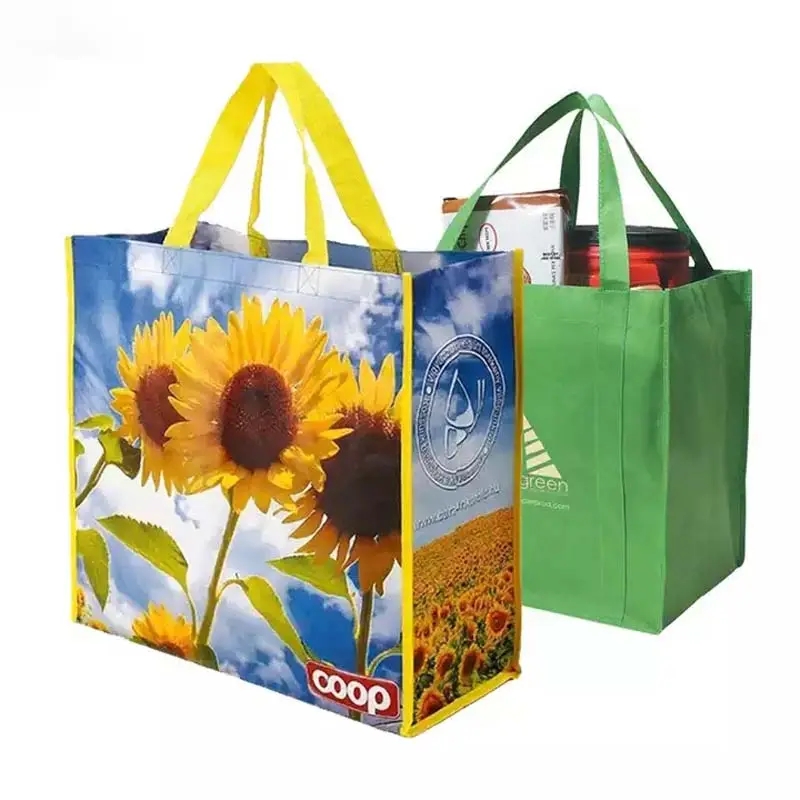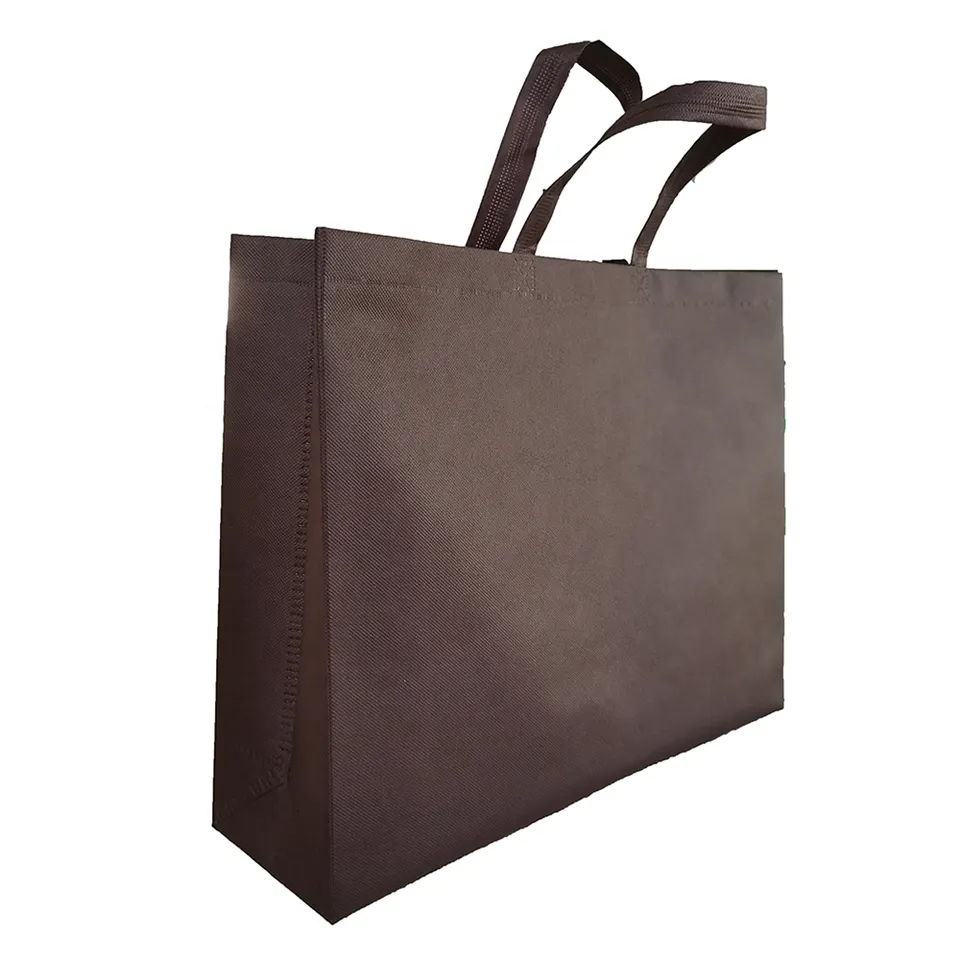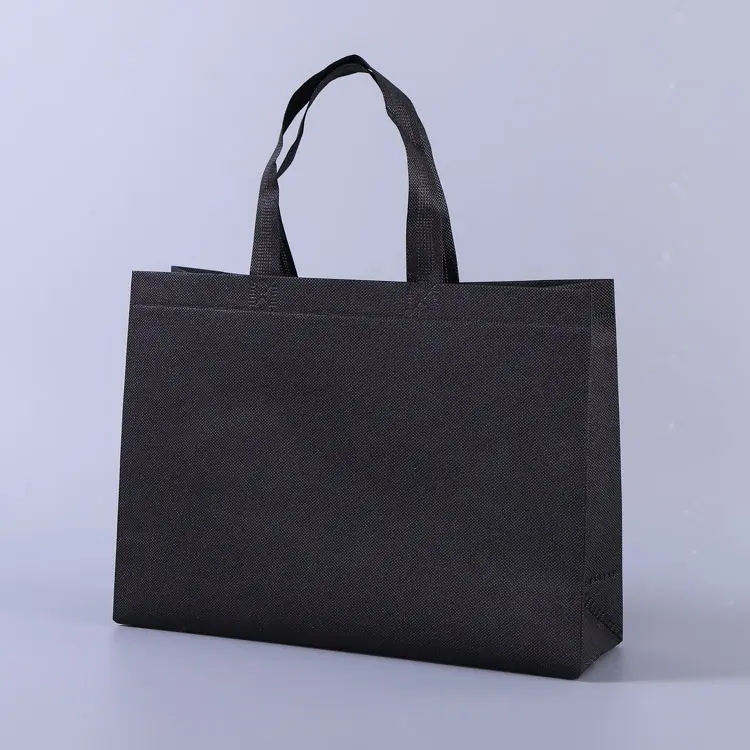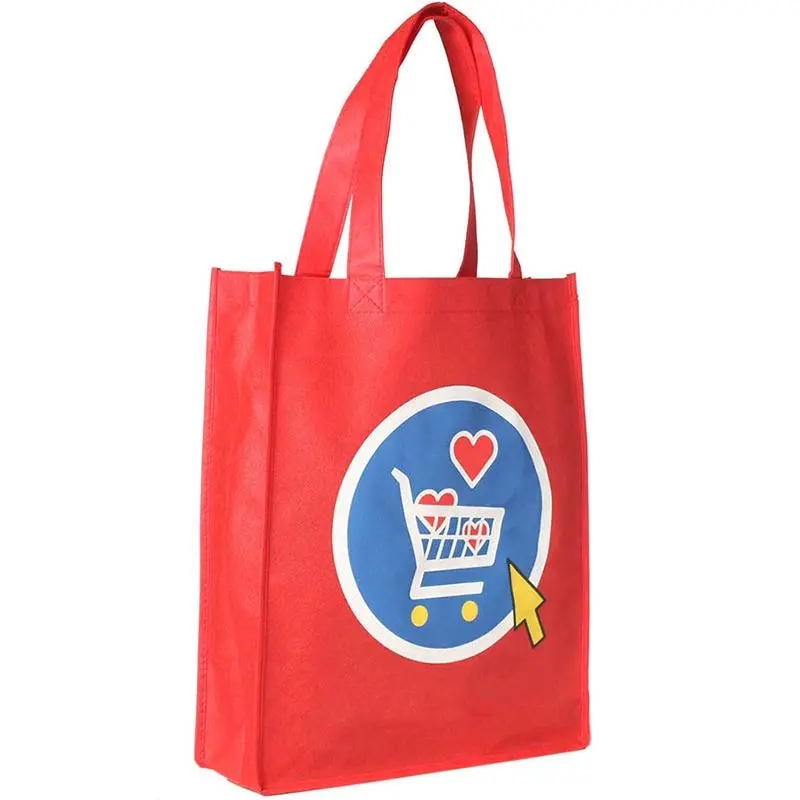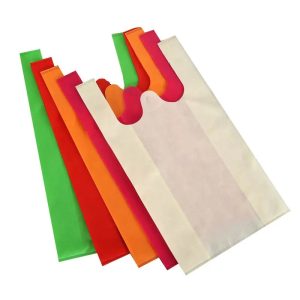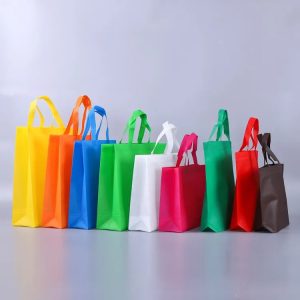Non-Woven Bags: Bridging Sustainability and Practicality in Packaging
Introduction: In the age of eco-consciousness, non-woven bags have emerged as a pioneering solution that marries sustainability with practicality in the realm of packaging. This article takes a closer look at the multifaceted advantages of non-woven bags, exploring their durability, versatility, and positive environmental impact. Embark on a journey to discover how these innovative bags are revolutionizing the way we approach packaging, all while promoting a greener future.
Unyielding Durability for Extended Use: Central to the appeal of non-woven bags is their remarkable durability. Crafted from resilient synthetic fibers, they boast an impressive resistance to wear and tear. Unlike disposable plastic counterparts, these bags are built to last, making them a cost-effective choice that significantly reduces the need for single-use alternatives.
Embracing Environmental Responsibility: In an era marked by heightened environmental consciousness, non-woven bags rise as a beacon of responsible choices. Their reusable nature translates into a substantial reduction in single-use plastics, directly contributing to a cleaner and more sustainable environment. By adopting non-woven bags, individuals and businesses alike become advocates for positive change.
Adaptable and Multifunctional: Non-woven bags transcend their basic purpose, evolving into versatile companions that adapt to various needs. Whether for grocery shopping, promotional events, or everyday use, these bags come in diverse sizes and can be tailored with custom designs. Their flexibility makes them a pragmatic choice for a wide array of scenarios.
Elevating Brand Identity Through Personalization: For businesses seeking to establish a distinct brand identity, non-woven bags offer an exceptional platform for personalization. With the ability to showcase logos and artwork, these bags become more than just carriers; they embody a company’s commitment to sustainability and innovation, leaving a lasting impression on customers.
Harmonizing Strength and Convenience: Non-woven bags strike a perfect equilibrium between robustness and convenience. Despite their sturdiness, they remain lightweight and easy to carry, enhancing the shopping experience for both consumers and businesses. Stackability and efficient storage further underscore their practicality.
Promoting Freshness Through Air Circulation: A noteworthy advantage of non-woven bags is their inherent breathability. This feature proves beneficial for items that require proper air circulation, such as perishable goods or damp articles. By facilitating ventilation, these bags help maintain product quality and freshness.
Conclusion: Non-woven bags stand as a testament to the possibilities of sustainable packaging. With their enduring durability, adaptability, and positive environmental impact, they offer a tangible way to make mindful choices. As the world embraces more sustainable practices, non-woven bags provide a pathway towards a future where packaging solutions seamlessly merge with ecological responsibility, ultimately contributing to a healthier planet for generations to come.
